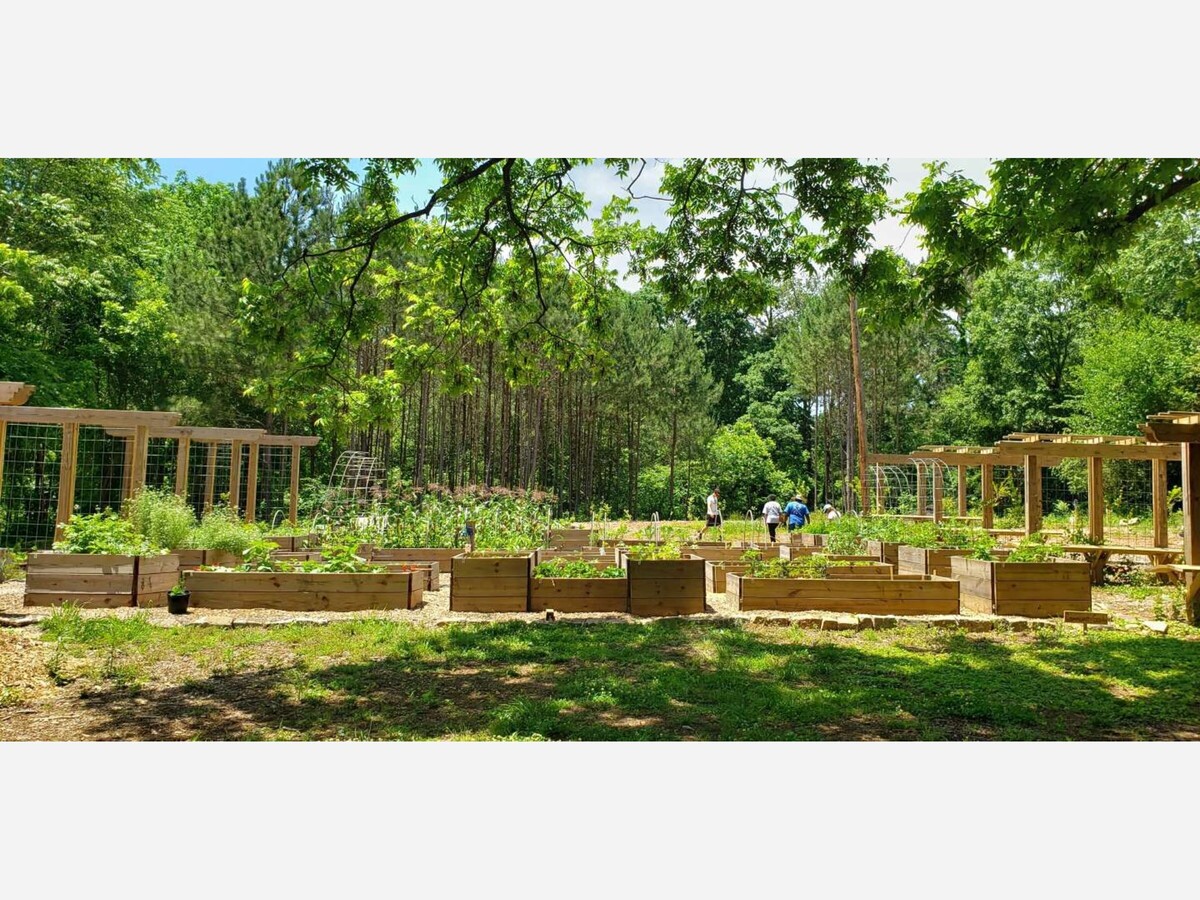Image

Atlanta's Urban Food Forest at Browns Mill stands as a pioneering initiative to combat food insecurity and promote sustainable urban agriculture. Spanning 7.1 acres in southeast Atlanta, this community-driven project has become the largest free food forest in the United States.
The food forest's story began in 2016 when the Conservation Fund purchased a former pecan farm in the Browns Mill neighborhood. This area was identified as a food desert, with the nearest grocery store being a 30-minute bus ride away. The project received crucial support from various entities, including:
The Urban Food Forest at Browns Mill boasts an impressive array of edible plants and features:
The forest employs permaculture and agroforestry practices, creating a sustainable ecosystem that mimics natural forest patterns.
This innovative project serves multiple purposes beyond providing free, fresh produce:
The Urban Food Forest is managed through a collaborative effort:
Harvesting guidelines ensure equitable distribution of produce, with excess harvests being distributed to local food pantries and community centers.
The success of the Browns Mill Food Forest has inspired plans for expansion and replication:
Atlanta's Urban Food Forest at Browns Mill represents a innovative approach to urban agriculture, community engagement, and food security. By transforming unused land into a productive, community-managed space, it offers a replicable model for cities worldwide grappling with similar challenges.